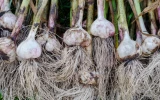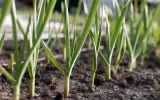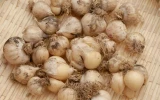Garlic Yield per Hectare: What to Expect in Profits
The yield per hectare of garlic can vary widely based on factors such as climate, soil quality, and farming practices, making it a vital aspect for potential growers to consider. The article will delve into the intricacies of garlic cultivation, focusing on the potential yields per hectare and how these can translate into financial gains for farmers.
Garlic yield per hectare ranges from 3 to 10 tons, depending on factors like variety, climate, and farming practices. Profits can fluctuate due to market prices, input costs, and yield quality. Efficient farming and market strategies are crucial for maximizing profit.
By mastering the key factors that impact yield per hectare, you're not just farming garlic—you're strategically optimizing every inch of your land for the best possible return. Let's dive into the essentials and turn your garlic cultivation into a thriving success story.
Summary
- Garlic yields vary significantly between hardneck and softneck varieties, with softneck garlic generally offering higher yields (10,000 to 22,000 kg/ha) compared to hardneck varieties (6,000 to 12,000 kg/ha), affecting potential profitability.
- Profit from garlic farming can be substantial, ranging from $18,000 to $66,000 per hectare based on the type of garlic grown, and the yield achieved, assuming an average price of $3 per kilogram.
- Under optimal conditions, garlic yields can dramatically increase to 13–19 tons per hectare, potentially translating into gross revenues of up to $76,000 per hectare at $2 per pound, highlighting the importance of exceptional care and conditions.
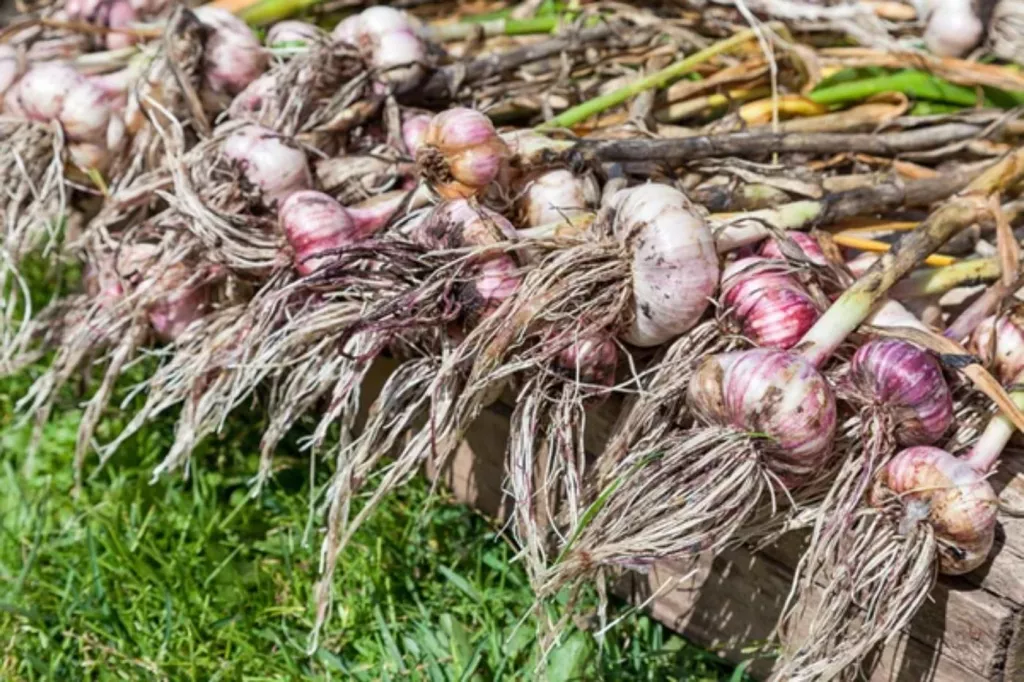
On this page:
Average Yield of Garlic per Hectare
Different types of garlic have varying yields, influenced by factors such as soil quality, climate, and your dedication to crop management.
Ranges of yield for garlic types
Hardneck garlic typically produces less than softneck. Here's what you can expect:
- Low-end yield: about 6,000 kg/ha
- High-end yield: up to 12,000 kg/ha
Conversely, softneck garlic, commonly used in commercial farming, can yield:
- Low-end yield: around 10,000 kg/ha
- High-end yield: up to 22,000 kg/ha
To get a sense of potential earnings, the price of garlic can vary, but let's assume an average price of $3 per kilogram. See the estimated profit for different yields of hard-neck and softneck garlic:
| Garlic Type | Yield per Hectare (kg) | Average Price ($/kg) | Estimated Profit ($) |
|---|---|---|---|
| Hardneck | 6,000 | 3 | 18,000 |
| 12,000 | 3 | 36,000 | |
| Softneck | 10,000 | 3 | 30,000 |
| 22,000 | 3 | 66,000 |
To glean insights on maximizing your yield in garlic farming, this article can be quite informative.
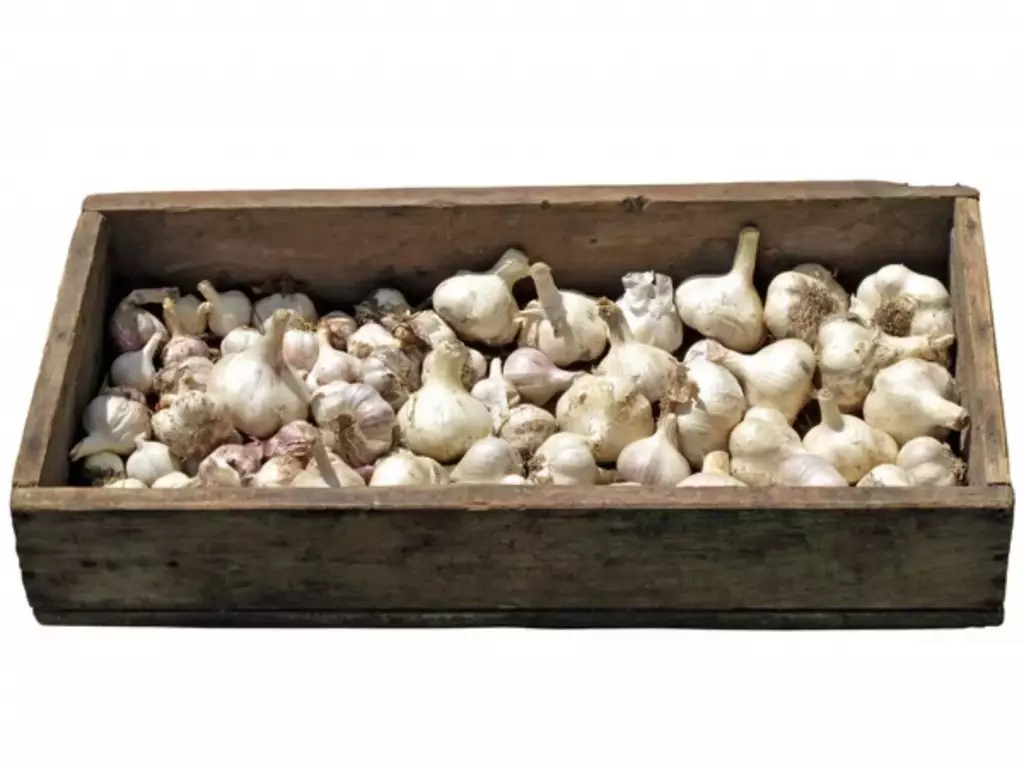
Garlic crops typically yield between 6 and 10 tons of cloves per hectare. However, under optimal conditions and with exceptional care, yields can reach up to 13-19 tons per hectare.
| Condition | Yield (tons/ha) |
|---|---|
| Average | 6 - 10 |
| Optimal | 13 - 19 |
To translate these yield figures into potential profit, consider that 1 ton = 2,000 pounds. If garlic is selling for $2 per pound, here's how you could estimate revenue:
Average yield profit estimation
- 10 tons/ha yield x 2,000 pounds/ton = 20,000 pounds/ha
- 20,000 pounds/ha x $2/pound = $40,000/ha
Optimal yield profit estimation
- 19 tons/ha yield x 2,000 pounds/ton = 38,000 pounds/ha
- 38,000 pounds/ha x $2/pound = $76,000/ha
If you're keen on understanding potential profits, this article could aid in assessing the economic aspect of garlic farming.
How Many Tons of Garlic per Hectare
Garlic crop yields can significantly vary. Typically, you can expect:
Hardneck garlic:
- Low end: Approximately 4 tons/ha
- High end: Up to 10 tons/ha
Softneck garlic:
- Low end: Around 6 tons/ha
- High end: As much as 17 tons/ha
To give you an idea of potential profits, let's crunch some numbers using average garlic prices and a medium-yield scenario. Assume you harvest 8 tons of hardneck garlic per hectare.
- Hardneck garlic average price: $3.00 per pound
- Pounds per ton: 2,000
- Total yield in pounds: 8 tons * 2,000 = 16,000 pounds
- Potential revenue: 16,000 pounds * $3.00/pound = $48,000 per hectare
These figures are purely illustrative and your actual profits may differ. Remember to consider your costs for a clear profit picture.

Expected Profit Per Hectare of Garlic
A hectare of garlic can yield a considerable return, though the exact profit varies depending on multiple factors such as costs, market prices, and yield efficiency.
In high-demand periods for both culinary and medicinal uses, garlic can indeed become a profitable crop. The selling price fluctuates according to market demand, but specialty varieties like 'German White' and 'Chesnok' often fetch higher prices at farmers' markets and are not as commonly found in grocery stores.
Gross income estimation
The average garlic yield per hectare can range significantly, but for estimation:
- Low-end yield: 10,000 kg/ha
- High-end yield: 20,000 kg/ha
Assuming a moderate price per kilogram, let's say $2, you could expect:
| Yield per Hectare (kg) | Price per kg ($) | Gross Income ($) |
|---|---|---|
| 10,000 | 2 | 20,000 |
| 20,000 | 2 | 40,000 |
Calculating your potential profit
To arrive at a net profit estimation, subtract your production costs from the gross income. This will include seed, labor, and other inputs. For instance, if your production costs amount to $5,000:
| Gross Income ($) | Production Costs ($) | Net Profit ($) |
|---|---|---|
| 20,000 | 5,000 | 15,000 |
| 40,000 | 5,000 | 35,000 |
Factors Affecting Garlic Yield Per Hectare
When you're cultivating garlic, several factors directly influence your yield per hectare, such as the following:
Soil conditions
Your garlic's potential starts with the soil. Rich, well-drained soil rich in organic matter boosts yield.
Soil pH ideally should range between 6.0 to 7.0 for optimal growth. Regular use of compost can enhance soil fertility, benefiting your crop.

Climate and irrigation
Garlic thrives in a climate with a pronounced cold period for bulb development. Softneck varieties are more commonly grown in milder climates, whereas hardneck varieties, such as Porcelain, prefer colder conditions.
Drip irrigation systems are excellent for maintaining consistent soil moisture, vital for steady growth.
Pest and disease management
Pests like nematodes or diseases such as fungus can significantly decrease garlic yield. It’s crucial to have an effective pest and disease management plan, involving cultural practices like crop rotation to avoid many of these issues.
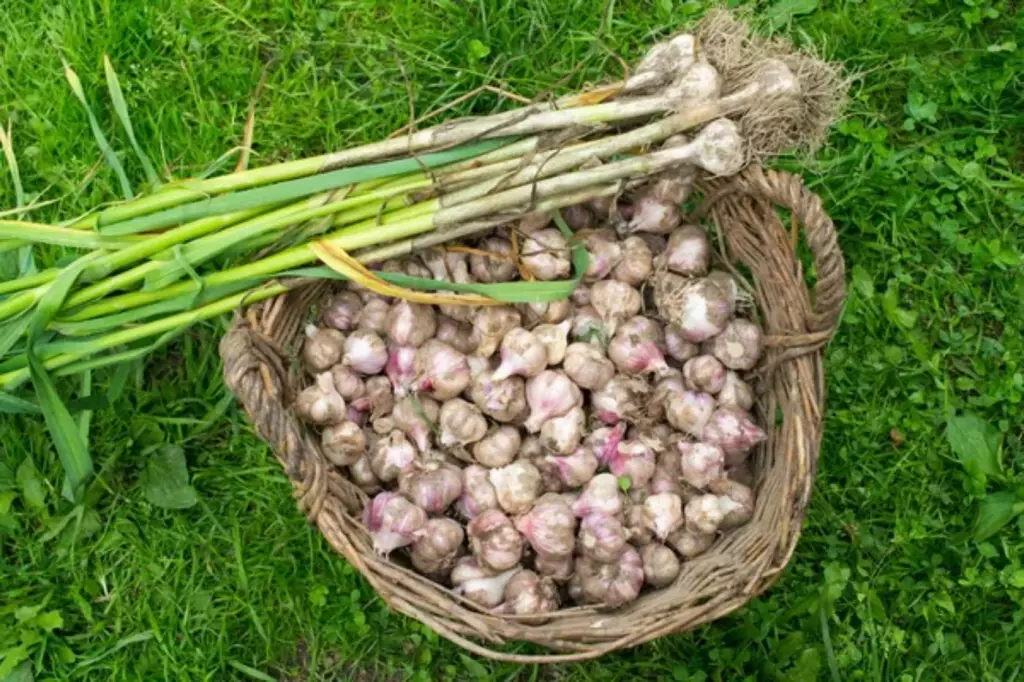
Harvest and curing processes
Timing your harvest when the lower leaves start yellowing but before the bulbs open ensures good yields. Properly curing garlic in a well-ventilated area prolongs storage life, which can increase your selling period and potential profits at farmers' markets and for value-added products.
